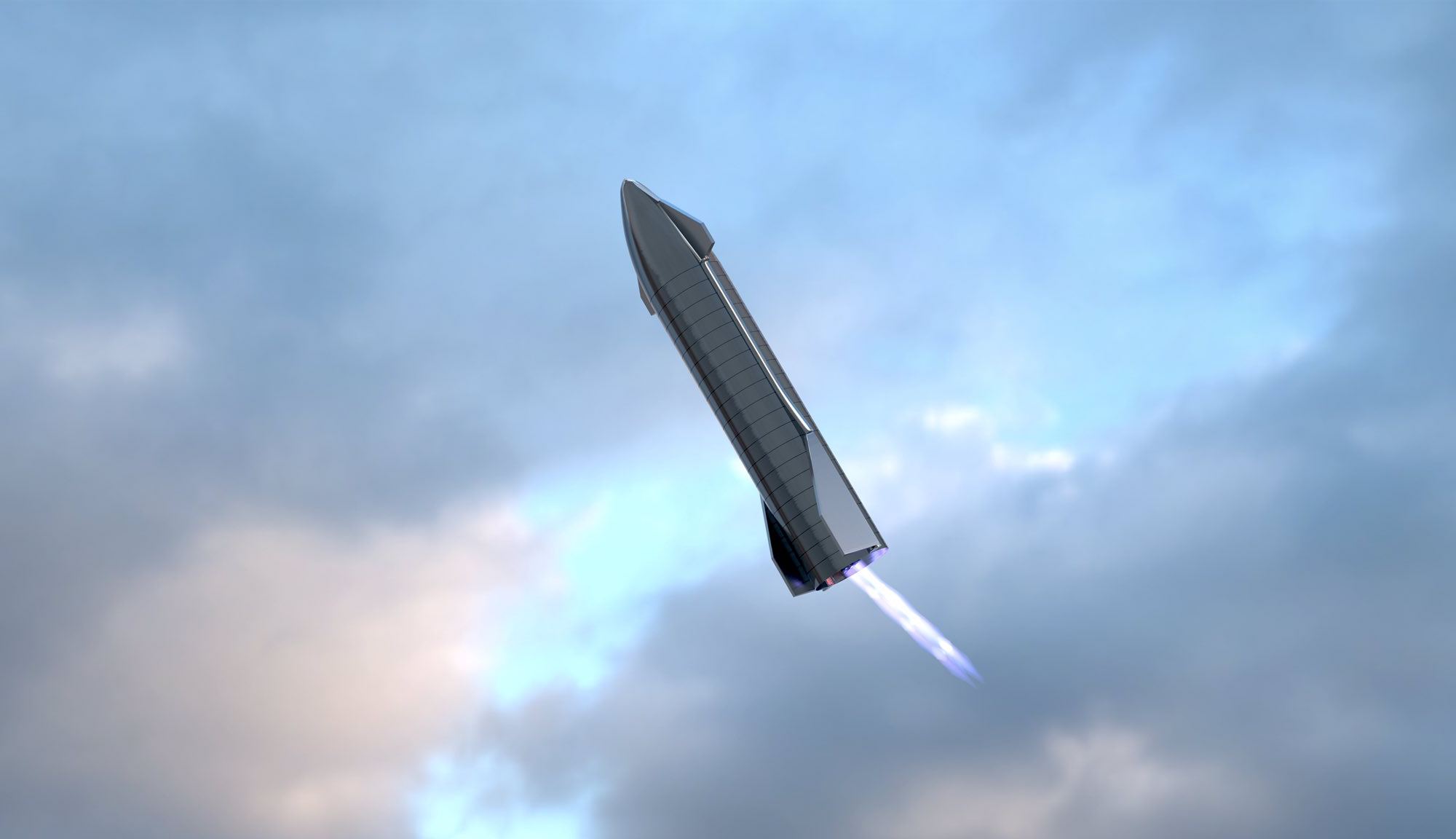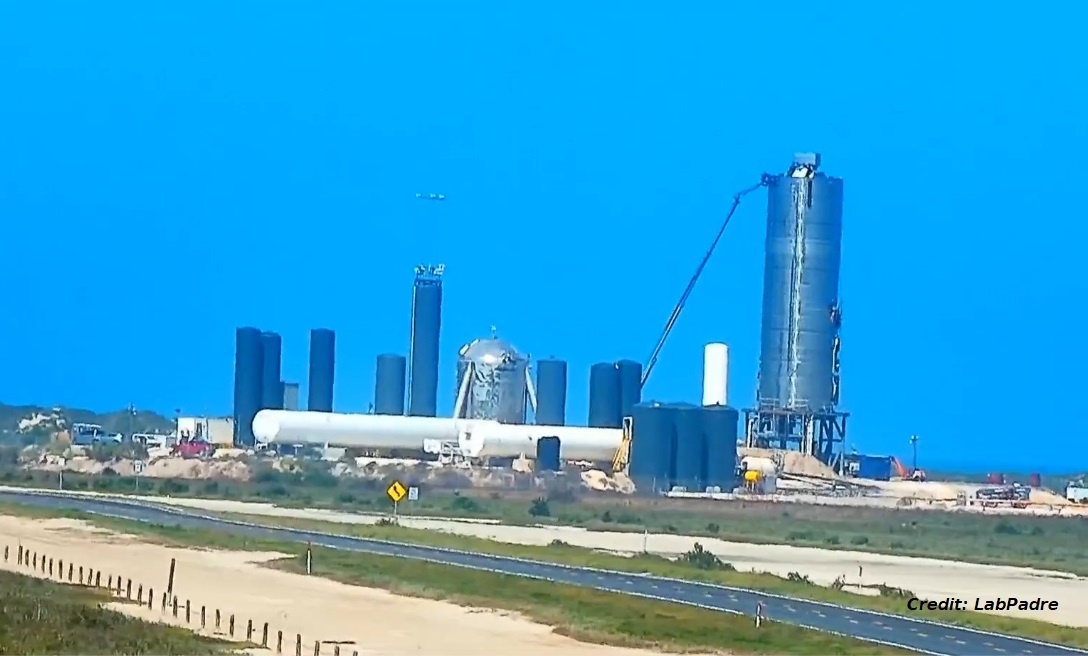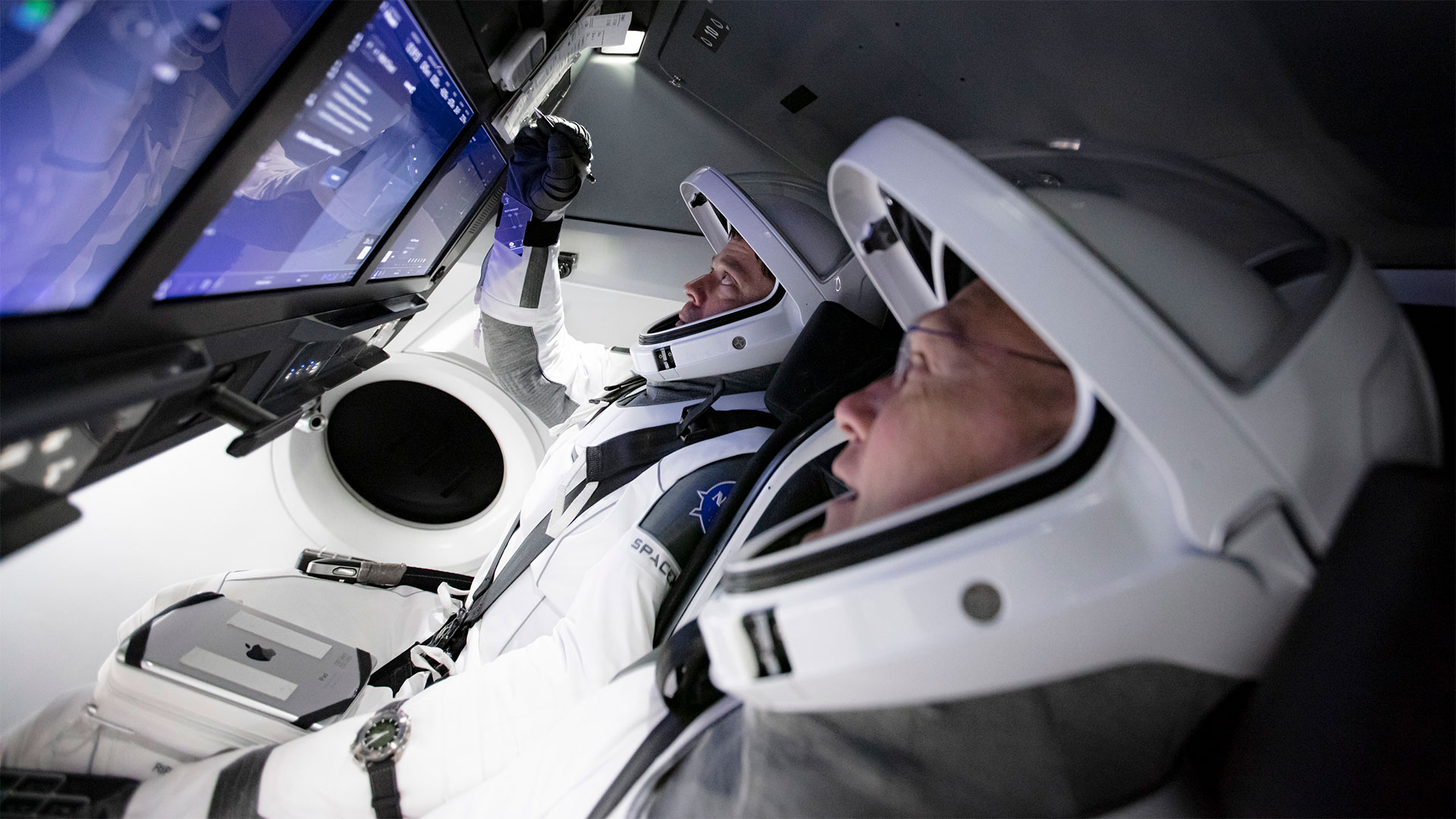SpaceX is getting closer to the day when it will be able to make good on its promise of conducting regular missions to orbit, the Moon, and to Mars. At the heart of all this is the progress they are making with their Starship and Super Heavy launch system. In recent weeks, Musk’s commercial space company conducted two successful 150 m (500 ft) hop tests with the SN5 and SN6 prototypes at the Boca Chica launch facility in southern Texas.
Based on the latest announcements to come out of SpaceX, it appears that this recent string of successes has emboldened Musk and his company. Previously, Musk indicated that he was planning on making several more small hop tests and that the SN8 would attempt a 20 km (12 mi) flight sometime next year. More recent indications, however, suggest that Musk wants to conduct this high-altitude test before the end of October.
Continue reading “The SpaceX Starship Could be Making its Biggest Hop Yet (and a Belly-Flop) Next Month!”








